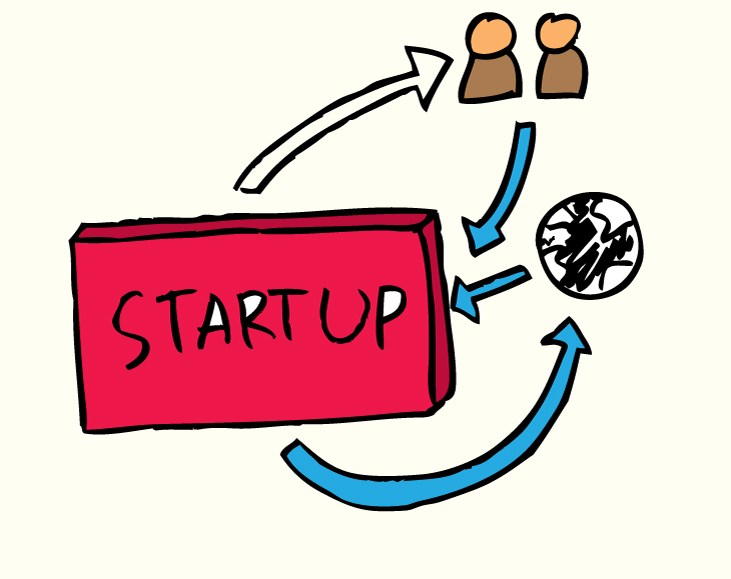
Agencies are increasingly taking lessons from Web startups on how to apply marketing to product development.
Both startups and agencies work in product cycles. But with agencies, once that product is released to the world, the work is considered complete — whether it succeeds or fails. For startups, the product launch is only the beginning. Startups today launch beta or minimum viable products to see if the work will even resonate with an audience. If there’s potential, they continue to refine, improve and grow audience engagement. If not, they will know early on and will able to scrap the idea or change the approach with little cost incurred.
Rather than investing resources and time into a perfect spot, take advantage of the Web’s lower production costs, lower expectations for highly polished work and low CPMs to develop messages in front of audiences that provide real-time feedback.
Of course, this is not new: Michelin Tires created the Michelin Guide in the early days of the auto industry as a way to get people driving from the city to the countryside. National Life Insurance created The Grand Ol’ Opry during the radio industry’s inception as a way to reach rural customers.
Taking a page from product development cycles, consider these test and tweaks as sprints within a longer marathon to building brand advocates. Buying broadcast media, online impressions and likes is easy, but true fans need to be earned, and that’s a long term investment. Success metrics should consider not just how many people you reached, but how much time each of these people spent — and, more importantly, how often they returned to spend even more time. These sprints can help to get you there.
An unintended consequence of this new approach is that is requires a simplification of approval processes— something both agencies and clients agree would be a welcome change.
It also means the agency’s creative department structure will evolve — from one in which many ideas die while one is perfected behind closed doors, into one where agile teams inexpensively create and test multiple ideas. The best will rise by audience merit, being tested by real time metrics and real time audiences. Politics and hierarchy are stripped from the process.
Ad position: web_incontent_pos1
Finally, the creative director role will also change. Startups don’t have creative directors; they have product managers. These individuals will be capable of explore the media landscape, recognizing opportunities in which to test their new messages, directing their
new “run and gun” creative teams (capable of concepting, directing, editing and programming) and then using hard metrics to refine their “product” to perfection.
Image via Shutterstock
More in Marketing

In the marketing world, anime is following in the footsteps of gaming
As marketers look to take advantage of anime’s entry into the zeitgeist, they might be wise to observe the parallels between the evolution of anime as a marketing channel and the ways brands have learned to better leverage gaming in recent years.

With the introduction of video ads and e-commerce, Roblox looks to attain platform status
Roblox is expanding into more areas than just ads in 2024. Much like platforms such as Amazon and Facebook have transcended their origins to evolve from their origins as online marketplaces and social media channels, Roblox is in the midst of a transformation into a platform for all elements of users’ virtual lives.

PepsiCo wants to remain a ‘driver of culture’ as it turns to influencers and activations amid rebrand
The soda-maker says it can translate cultural relevance into sales volume.
Ad position: web_bfu